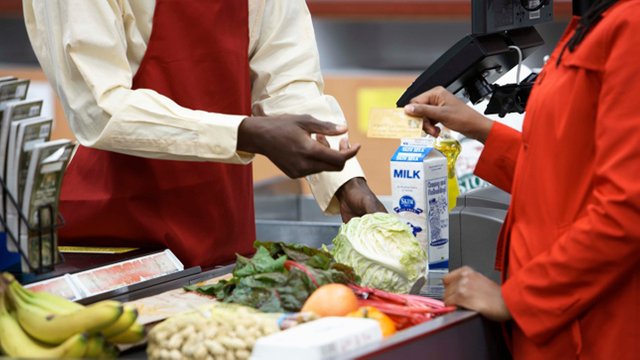As we approach the holidays, many of us anticipate an abundance of food on decorated tables. Many of us will not be able to enjoy such feasts. Many older Americans are struggling to keep food on the table.
One in 10 households with seniors aged 60 and older receive Supplemental Nutrition Assistance Program (SNAP) benefits, also called food stamps, according to a study released Wednesday by the anti-poverty nonprofit Food Research & Action Center (FRAC), in collaboration with AARP Foundation.
U.S. Census Bureau data from all 3,142 counties in the nation show the rate of senior SNAP usage remains largely consistent for all kinds of counties, the analysis found. Some 10% of senior homes in metropolitan areas, 10% of those in small towns, and 11% of those in rural areas participate in SNAP. However, out of the 50 counties with SNAP participation above 25%, 75% were rural and only 15% were metropolitan.
The number of elderly SNAP beneficiaries is likely to increase in the coming years as baby boomers age and continue to face unique financial challenges. Rent has grown faster than wages over the past two years, according to numbers from the Labor Department released in July, and health-care premiums have risen from an average of $6,000 per year in 1999 to $18,000 in 2016, an Economic Policy Institute study found.
These studies underscore the importance of SNAP programs for the elderly, said Melissa Boteach, senior vice president of the poverty program at progressive advocacy nonprofit the Center for American Progress. “Seniors are living on fixed incomes and, as prices rise, you’re going to feel that squeeze,” Boteach said. “One of the ways people accommodate that squeeze is cutting back on meals or eating unhealthy food.” Because of this, food banks and other nonprofits often see long lines for their services at the end of the month as SNAP benefits run out, she said.
This comes as SNAP has garnered criticism from Republican lawmakers who are proposing cuts to the program. In fiscal year 2017, the federal government spent about $70 billion on SNAP and other food assistance programs. To qualify for SNAP benefits a household’s monthly income for a family of three or more must be at or below 130% of the poverty line or $2,213 ($26,000 per year).
Studies show one-third of SNAP recipients spend two-thirds of their monthly benefit immediately after receiving it, often on unhealthy food like soda. Some lawmakers have suggested a more frequent dispersal of funds to regulate how quickly people spend the money. Others have suggested replacing the current SNAP model of preloaded debit cards meant to be used on groceries with shipments of food items like shelf-stable milk and canned vegetables. The 2018 Farm Bill, which is currently stalled in Congress, will change work requirements for people using SNAP benefits from 20 hours a week to 25 hours a week and cut $20 billion in SNAP benefits over 10 years.
In 2017, 1 in 8 Americans — or 40 million people — experienced food insecurity according to numbers from the USDA. The most common beneficiaries of SNAP programs are the elderly, families with children, and people with disabilities. A study from the Urban Institute reported that there were 28% fewer children in poverty in 2015 as a result of SNAP and a separate study distributed by the National Bureau of Economic Research found SNAP benefits were shown to raise the living standards of the Americans who rely on them.
https://www.marketwatch.com/story/1-in-10-senior-households-relies-on-food-stamps-2018-11-02
By Kari Paul
Published: November 4, 2018
1 in 10 Senior Households Relies on Food Stamps
